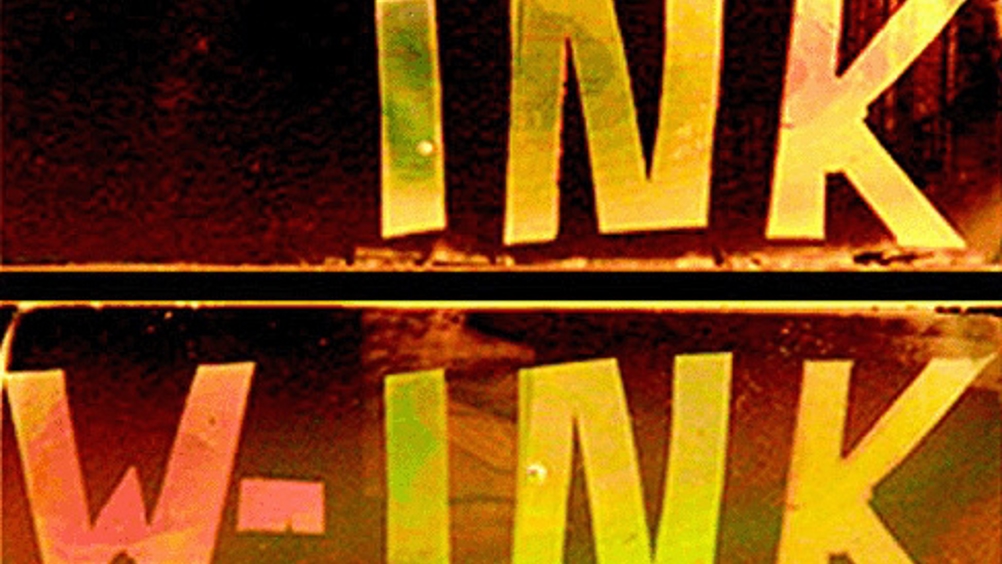Inverse opal technology could help identify chemical spills
Materials scientists have invented a new device that they claim can instantly identify an unknown liquid.

The handheld device uses a 3D-nanostructured chip to distinguish liquids by their surface tension, with a colour read-out.
The so-called ‘Watermark Ink’ or ‘W-Ink’ concept relies on a precisely fabricated material called an inverse opal — a layered glass structure with an internal network of ordered, interconnected air pores.
A team at Harvard’s School of Engineering and Applied Sciences (SEAS) discovered that selectively treating parts of the inverse opal with vaporised chemicals and oxygen plasma creates variations in the reactive properties of the pores and channels, letting certain liquids pass through while excluding others.
Allowing liquid into a pore changes the material’s optical properties, so the natural colour of the inverse opal shows up only in the dry regions.
Each chip is calibrated to recognise only certain liquids, but it can be used over and over (provided the liquid evaporates between tests).
One immediate application would allow authorities to verify the fuel grade of petrol right at the pump.
Register now to continue reading
Thanks for visiting The Engineer. You’ve now reached your monthly limit of news stories. Register for free to unlock unlimited access to all of our news coverage, as well as premium content including opinion, in-depth features and special reports.
Benefits of registering
-
In-depth insights and coverage of key emerging trends
-
Unrestricted access to special reports throughout the year
-
Daily technology news delivered straight to your inbox










BEAS funding available to help businesses cut energy costs
And not a moment too soon, if the following exchange broadcast last Friday 13th June, on the Radio 4 ´Rare Earth´ program (link below, ~ 17 minutes...